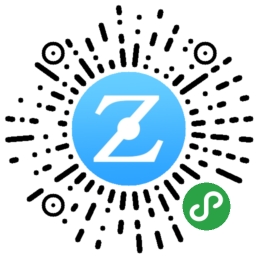

Since we Created a GitHub Repository in the last tutorial, in this we will try to connect it with the local repository. And then the user connects it to the remote repository.īelow we are going to go through the second approach, where a user has already a local repository and an empty remote repository, but these repositories are not linked with each other.
Git add remote orign how to#
How to Link an Existing Git Local Repository to Remote Repository?
Git add remote orign code#
And let's assume we want to be able to fetch code from their remote repository. Suppose we have a friend who forks our remote repository so they can help us on our project.

I will answer that question with another example. So final question, why don't we just use the same name? In many cases you will have links to multiple remote repositories in your local repository and each of those will have a different shortname. And in our example above it is called origin.īasically origin is the default shortname that Git uses for a remote repository when you clone that remote repository.

And this shortname kind of acts like an alias for the url, it's a way for us to avoid having to use that entire long url in order to push or fetch code. It is the shortname we are going to use whenever we want to push or fetch code from that remote repository. The other name that we have for our repository is the shortname that it has in our local repository that is related to the URL of the repository. And in our case that is 'amazing-project'. This can be kind of thought like a project name.

Well one of the names that we have for our repository is the name it has on GitHub or a remote server somewhere. So why does it seem like there are two names for the remote repository? Now, this may be a bit confusing because in GitHub (or the remote server) the project is called 'amazing-project'. There you will see that in order to push or fetch code from your remote repository you will use the shortname 'origin'. If you run the command git remote -v it will list all the remote repositories that are linked to your local repository. The remote repository and the local repository are linked. Then you would have something like what you can see in the diagram below:īecause you cloned the repository. Supposed you have a remote repository called amazing-project and then you clone that remote repository to your local machine so that you have a local repository. Therefore in order to properly answer this questions we need to understand what origin is. The rest of the links need to have different names. However only one of those links can be called origin. A local repository can be linked to multiple remote repositories.


 0 kommentar(er)
0 kommentar(er)
